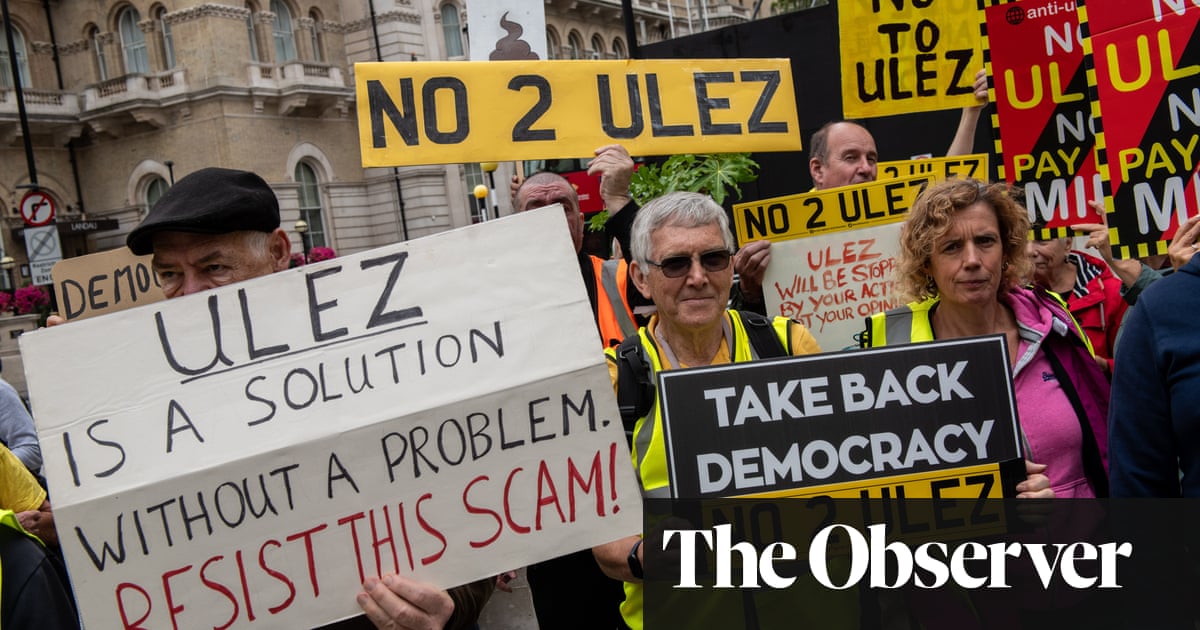
Julian Higson has just bought a new house. Or to be precise, he’s bought about a hundred of them.
For months he’s been snapping up properties off plan all over Bristol, as developers begin to fret that flats planned at the height of a pre-Covid boom might not sell so well in a recession. But Higson isn’t some passing property speculator or ruthless buy-to-let mogul. He’s the director of landlord and housing services at Bristol city council, which plans to turn these new-builds into social housing for people who can’t afford to rent privately in one of the most expensive British cities outside London.
A hundred new homes is still a drop in the ocean for a city that had over 12,000 families on its council house waiting list before the pandemic. But Bristol is just one of many councils worrying that, as jobs are lost to Covid, the inevitable next step will be a winter surge in the numbers of people struggling to keep a roof over their head, and doing its best to prepare. “We’re doing all of this on a very small budget, just trying to diversify as best we can,” says Helen Godwin, Bristol’s cabinet lead on housing. But while they’re trying to use the resources they’ve got imaginatively for now, she says they need more help from central government in the long run: “We want long-term sustainable funding so that we can make plans. We need to know if there’s another lockdown, what that means.”
For years, Westminster politics has revolved around ever more ingenious schemes to help the priced-out buy a home. But soon the more pressing problem may be people who can’t even afford to rent one. The edge of the cliff begins crumbling away from this weekend, when a furlough scheme that has been shielding jobs and a mortgage holiday scheme for homeowners in distress are both due to end. Robert Jenrick, the housing and communities secretary, last week promised councils an extra £1bn to support families through the winter but the scale of potential need is frankly scary: the Financial Conduct Authority estimates about 12 million people may soon begin to struggle to pay the bills. And while council housing used to provide families like this with some security in precarious times, these days they’re more likely to be throwing themselves on the mercy of private landlords. (In the late 1970s, just before Margaret Thatcher introduced the right to buy, almost a third of Britons lived in social housing; it’s closer to one in six now.)
For £1.3bn, or roughly what the Treasury has just spent on a stamp duty cut that mostly benefits people trading up to somewhere nicer in London and the south-east, a new report from the Smith Institute thinktank’s Affordable Housing Commission reckons councils could relatively quickly scoop up another 42,000 council houses in what’s likely soon to be a depressed market. Buying up unwanted new-builds, getting developers to “flip” existing sites over to social housing, converting office space abandoned during the pandemic and buying out private landlords seeking an exit route as rents start falling (they’ve already plummeted in London) could all be part of the mix.
For Tories with long memories, there’s even a historical precedent: John Major’s government went on a similar buying spree in the early 1990s, mopping up houses that would otherwise have languished unsold in order to stabilise the property market. To maximise bang per buck this time, the commission recommends focusing on the north of England, where housing is cheaper but economic pain likely to be deeply felt.
The northern towns that make up the Tories’ new electoral base have never entirely shared the south’s political obsession with being priced out of home ownership. In her book Beyond the Red Wall, a deep dive into the views of Labour-to-Tory switchers in Accrington, Hyndburn and Stoke, the pollster Deborah Mattinson writes that the big advantage people constantly cited of living where they did was that it was cheap. Her interviewees were confident that their kids could still get a foot on the ladder, so long as there were jobs to be had. But those job prospects look more fragile now, as the north-west sinks deeper into lockdown.
Buying up cheap housing stock could also play its part in regenerating red wall communities. In faded seaside towns from Cleethorpes to Blackpool you hear repeated complaints about once-neat terraces being bought wholesale by absentee landlords, who chop up family houses into bodged bedsits and rent them out to a succession of transient tenants, barely bothering with repairs. Councils could help breathe new life into fraying neighbourhoods by stepping in to bring damp, mouldy homes back up to the standards of modern social housing.
Meanwhile, the hard-boiled economic argument for all this is that the state is already effectively “buying” housing, just without getting any actual houses to show for it. The private rented sector wouldn’t exist in its current form without the billions that government ploughs into housing benefits, helping tenants afford rents that would otherwise be way out of reach and simultaneously creating a living for landlords.
Now the pandemic brings us to a fork in the road. We can carry on chucking ever more cash down that particular well, or take the opportunity to do something different. It’s too late to solve this winter’s problems by doing what we should have been doing for years and building more council houses, although that should be a priority for the future. But it’s still not too late to do what Bristol and other cities across the country are already doing, on a national scale: to spot another entirely foreseeable crisis coming, and for once try to get ahead of the curve.
• Gaby Hinsliff is a Guardian columnist












